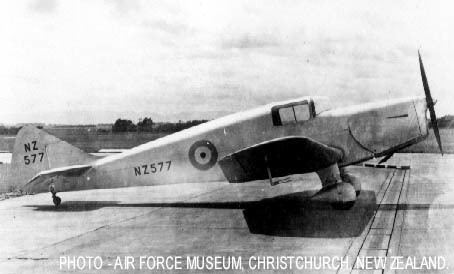Top speed 233 km/h Length 7.62 m Manufacturer Miles Aircraft | Wingspan 11 m First flight May 14, 1936 Designer Frederick George Miles | |
 | ||
Miles whitney straight at abingdon 6th may 2012
The Miles M.11 Whitney Straight was a 1930s British two-seat cabin monoplane with dual-controls.
Contents
- Miles whitney straight at abingdon 6th may 2012
- Design and development
- Operational history
- Operators
- Survivors
- Specifications M11A
- References
Design and development
The M.11 Whitney Straight was designed by F.G. Miles of Philips and Powis as the result of collaboration with Whitney Straight, a Grand Prix motor racing driver, aviator and businessman. The aim was to provide comfortable accommodation for pilot, passenger and luggage in an enclosed 'side-by-side' cockpit. It was a low-wing monoplane, with fixed main undercarriage in aerodynamic fairings plus a fixed tailwheel. Construction was mainly of wood, with spruce frames and three-ply birch covering, and the wings had vacuum-operated split flaps. It was initially powered by a 130 hp (97 kW) de Havilland Gipsy Major I piston engine. The sole M.11B was powered by a 135 hp (101 kW) Amherst Villiers Maya I engine, adding 10 mph (16 km/h) to its maximum speed and 200 ft/min (60 m/min) to its rate of climb. A single M.11C was powered by a 145 hp (108 kW) de Havilland Gipsy Major II engine and variable-pitch propeller.
Operational history
On 14 May 1936, the prototype (G-AECT), built by Philips and Powis (Miles Aircraft), first flew at Woodley Aerodrome, piloted by F.G. Miles. When production ended in 1937, 50 Whitney Straights had been built.
On 28 June 1938, the M.11C (G-AEYI) crashed at Harefield, Berkshire, killing the test pilot, Wing Commander F.W. Stent. Modified Whitney Straights were also used as engine test beds and by Miles to test different flap designs. After the outbreak of World War II in 1939, the Air Ministry impressed 23 Whitney Straights into military service, for use as communications aircraft. Twenty-one of those served in the UK, one in India, and one in Egypt. One M.11A also served with the Fleet Air Arm from 1940 to 1943, and three with the Royal New Zealand Air Force.
Between 1939 and 1943, a New Zealand machine piloted by Alan Pritchard was used for aerial seed sowing trials at Ninety Mile Beach and later spreading superphosphate. These trials were part of the experiments which led to the development of aerial topdressing, (see also Agricultural aircraft).
Operators
Survivors
Specifications (M.11A)
Data from Jackson 1988
General characteristics
Performance
